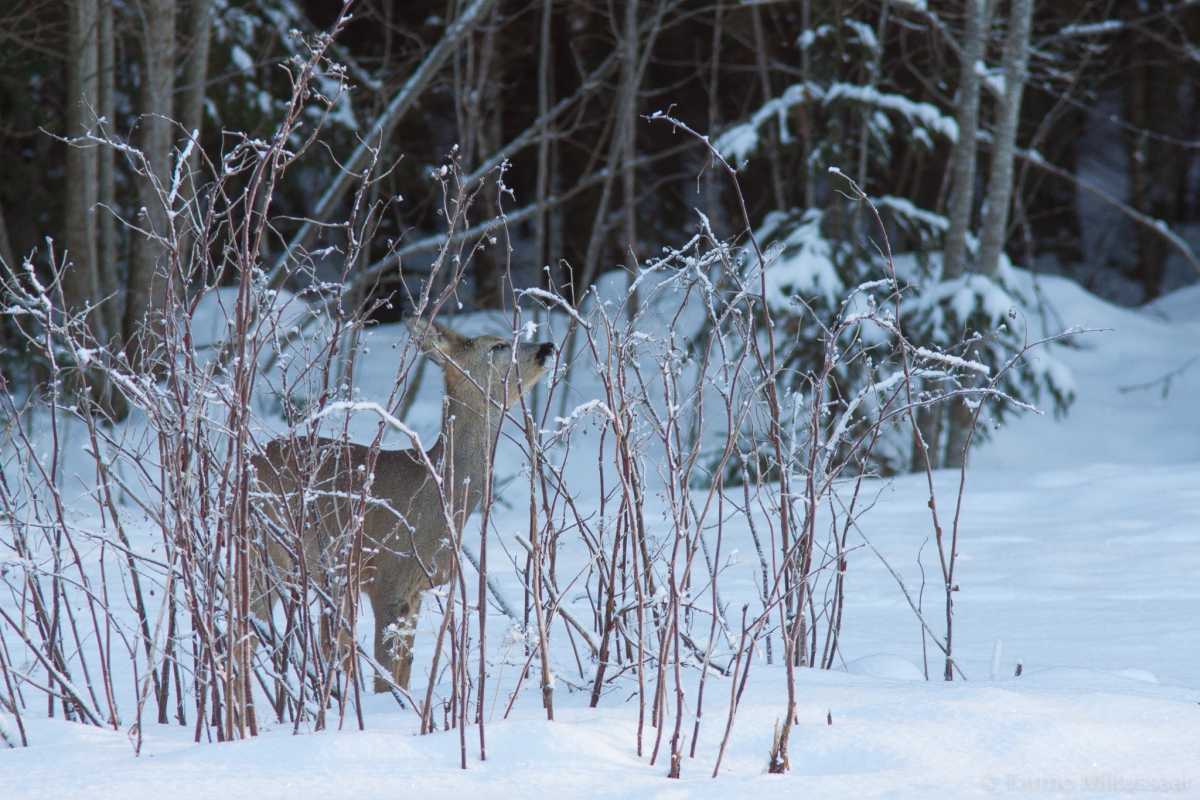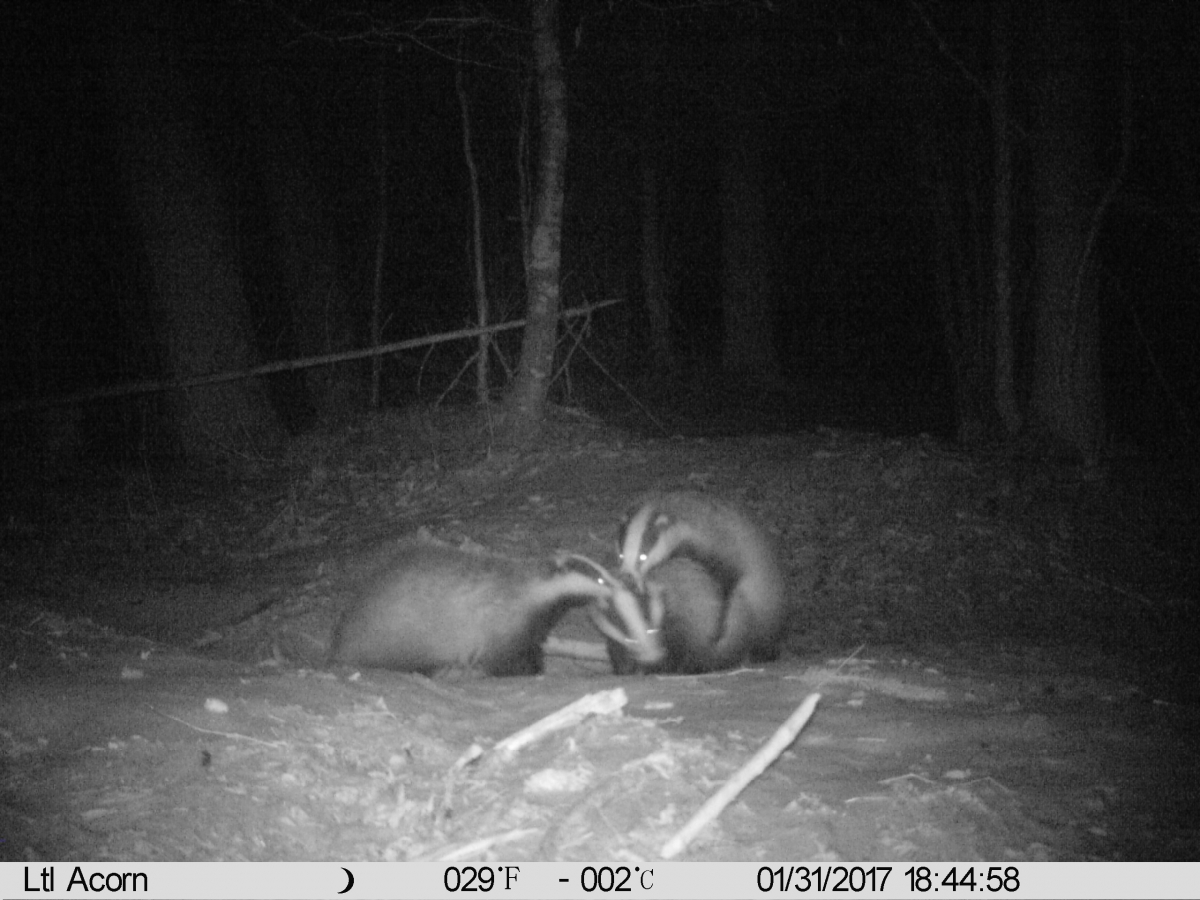Great tit – generalist or instead specialist?
Scientific news from the Year of the Great Tit edited by Marko Mägi, marko.magi@ut.ee , bird ecology researcher at the University of Tartu
Translation Liis
Published in Estonian 29.12.2017
Ecologically species can be divided into specialists and generalists. While the specialissed species are adapted to specific environmental conditions and rapid changes may become difficult for them, then generalists can cope with a variety of conditions – both urban and rural, warm or cold, in forests or open spaces. Thus it is no surprise that that the generalists are often synanthropes, or associated with humans, i e species that have been able to adapt urban life and become numerous, due to their high adaptivity and small selectivity. One of the best known generalists is man himself who can cope in all regions (except the Arctic areas). Few animal species manage to match humans in this.
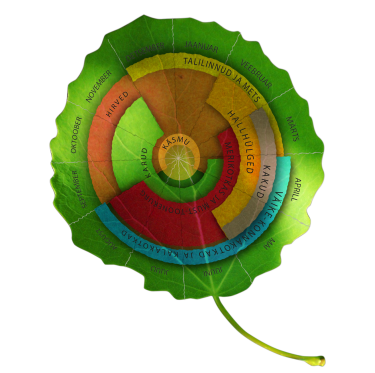 Latest news
Latest news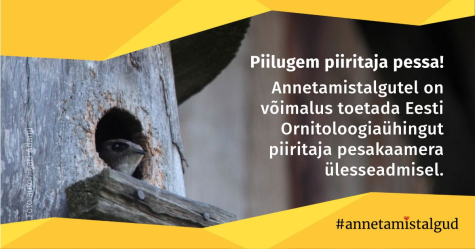
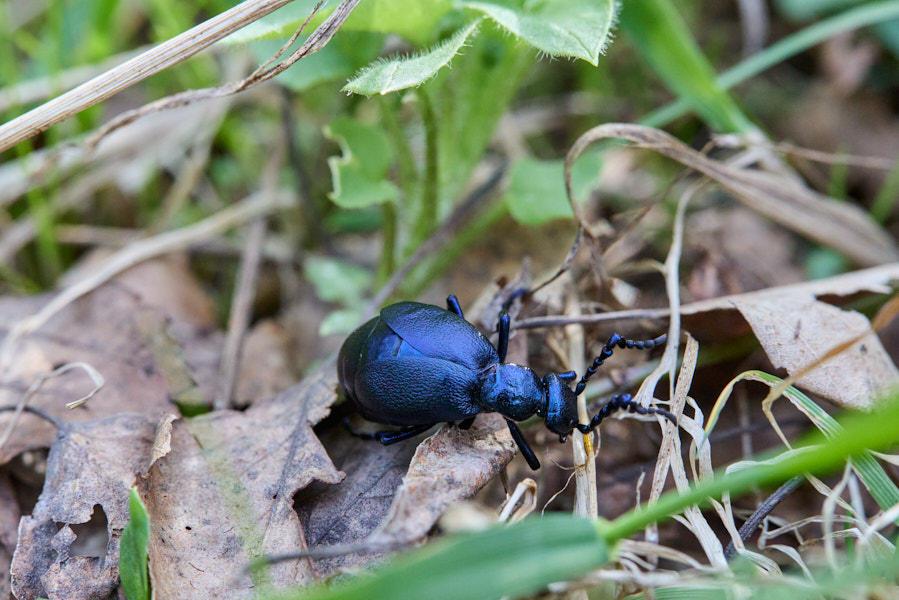 Loodusemees.ee - the day in pictures
Loodusemees.ee - the day in pictures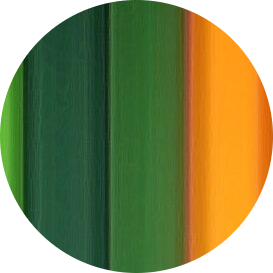 Videos
Videos
 My Forest
My Forest